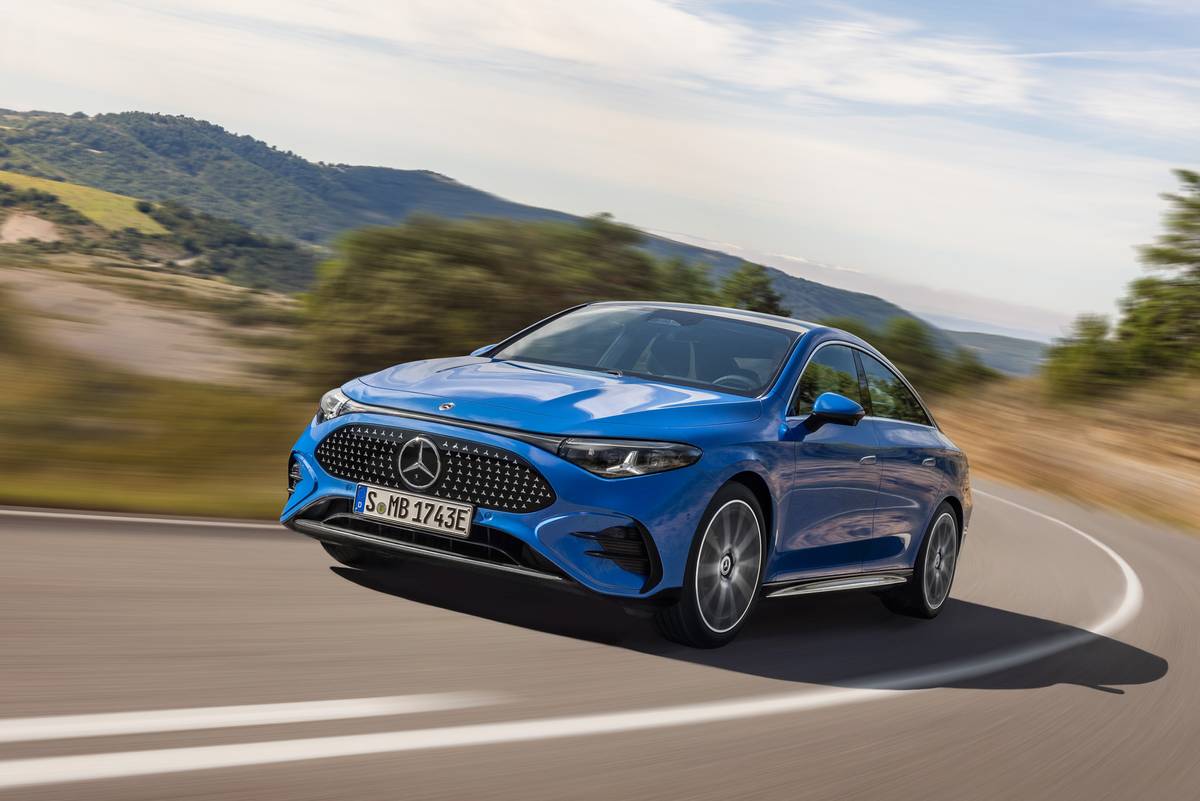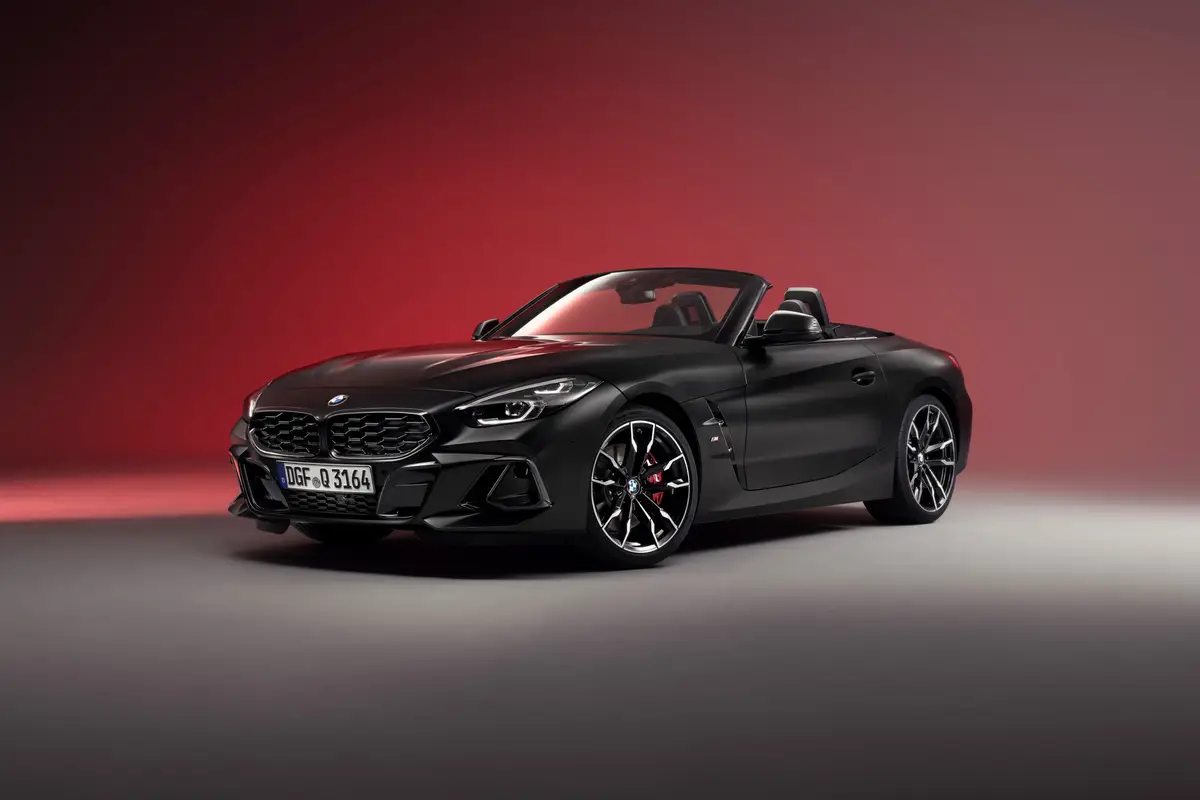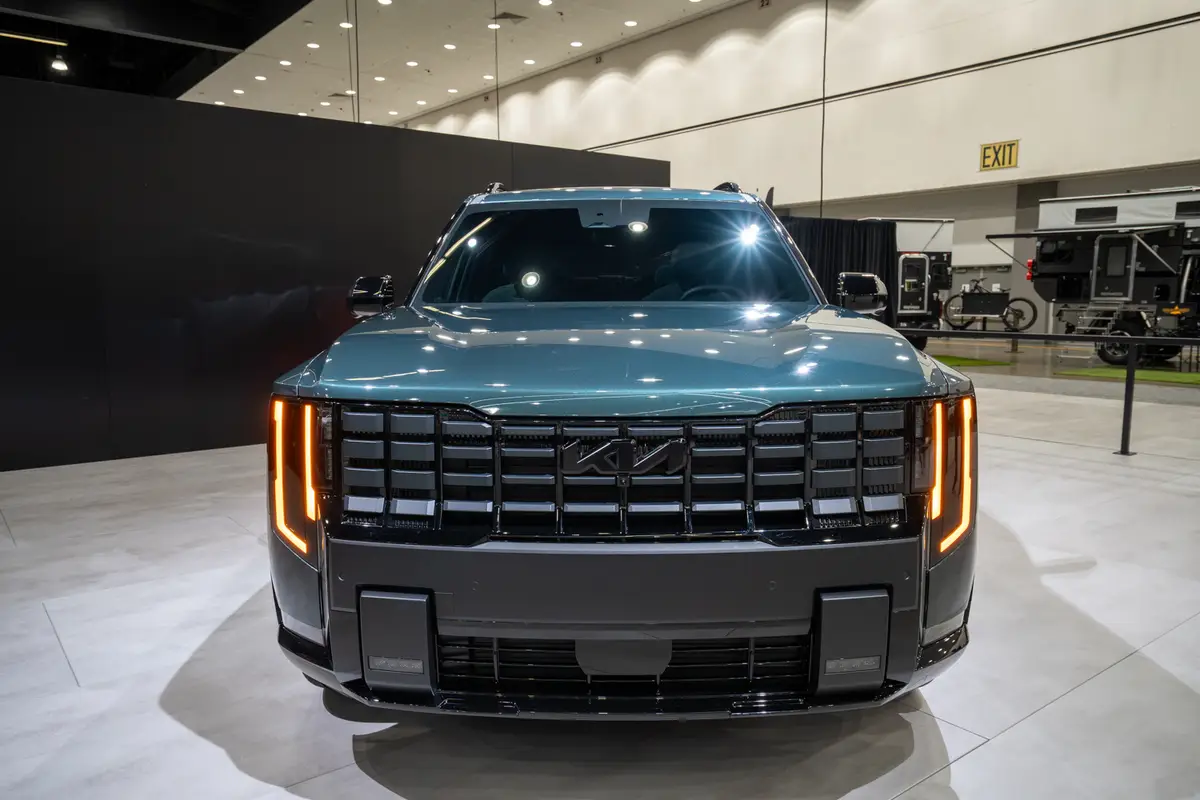washingtonpost.com's view
BEVERLY HILLS, CALIF. There is a pecking order among automobiles in this citadel of affluence. Exotics rule. And exotics are not to be confused with ordinary luxury.
Exotics include names such as Aston Martin, Audi R8, Bentley, Ferrari, Lamborghini , Porsche and Rolls-Royce.
Ordinary luxury, by comparison, covers Acura, BMW, Cadillac, Infiniti, Jaguar, Lexus and Mercedes-Benz.
Ordinary luxury gets nods here. But vehicles in that category often are parked behind the exotics at fancy venues, such as the Bazaar Restaurant at the SLS Hotel at Beverly Hills.
Paparazzi, buzzing around the place like flies searching for sugar, stay on the lookout for the exotic makes. Ordinary luxury might catch their attention. But common vehicles, such as the 2010 Honda Element EX crossover utility wagon I drove back home in Virginia before coming here, are apt to be ignored.
Yes, Virginia, even passenger vehicles have a class system.
And in this gilded enclave, where the average condominium or house costs $2.9 million and the average household income is $90,088, the tall, boxy Element, with its cloth seats and washable vinyl floors, is the motorized equivalent of working class.
But the Element wasn’t conceived that way.
Eight years ago, the Element was introduced in the United States as a wagon for every man and woman, particularly for those age 18 to 30, who cared more for function than image. It had an interior large enough to transport a dormitory room full of furniture. It could be turned into an instrument hauler for a rock band. With its fold-against-the-wall rear seats, it could be transformed into a bicycle transport for a three-person racing team.
Those utilitarian virtues remain in the 2010 Element. But over the years, the wagon has morphed into a super-practical, bread-and-butter vehicle for cost-sensitive people of all ages. Young people like it because of its affordability (purchase and operating costs), ruggedness and utility. Older people, it turns out, have fallen in love with it for the same reasons.
Honda is to be commended for recognizing the elements of the Element’s basic appeal and not doing anything to destroy it in a bid to keep up with the Aston Martins and the Bentleys.
The Element, instead, is what it is — a wagon tall of height and short of length, city-capable in terms of fitting into tight parking spaces, relatively easy on the pockets in the important matter of fuel costs, and easy on the mind when it comes to reliability and maintenance.
No one would call the Element pretty. Nor would anyone who has ever driven an Element, old or new, rave about its acceleration or handling, especially in strong highway crosswinds when its boxy styling turns it into a bit of a kite.
What’s lovable about the Element is the way it keeps chugging along in weather fair and foul, especially in the case of the tested all-wheel-drive EX version, ever mindful that its job is to haul stuff and people as safely and efficiently as possible. That it does those things with little concern about dirt, grime or image is a plus.
Here, the image attendants probably would park the Honda Element EX and its motorized siblings behind the likes of an SLS hotel. But I’m betting that camera-shy guests wouldn’t mind that at all. The Element’s astoundingly boxy styling makes it the perfect vehicle for people who favor anonymity over exposure.
Latest news



